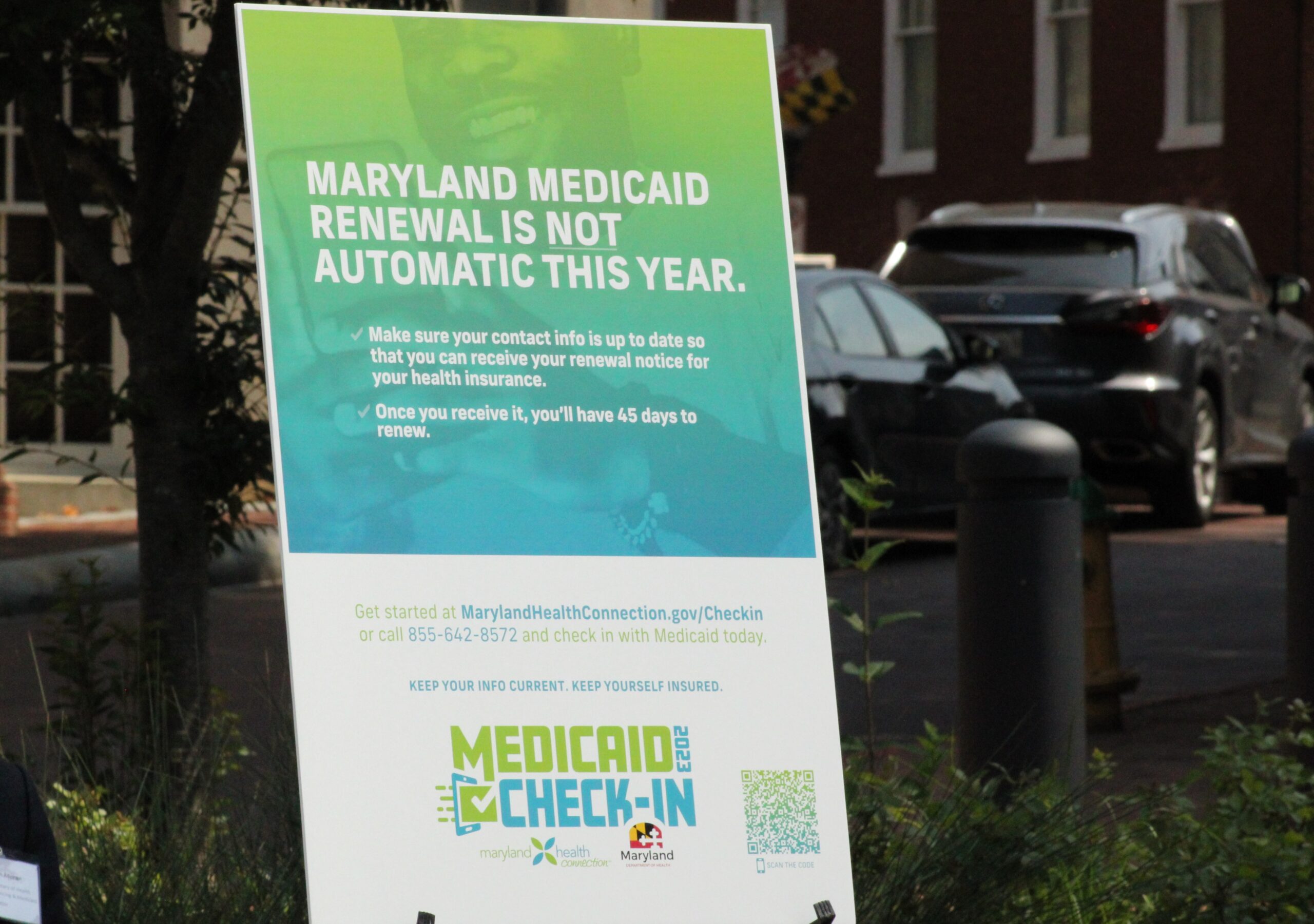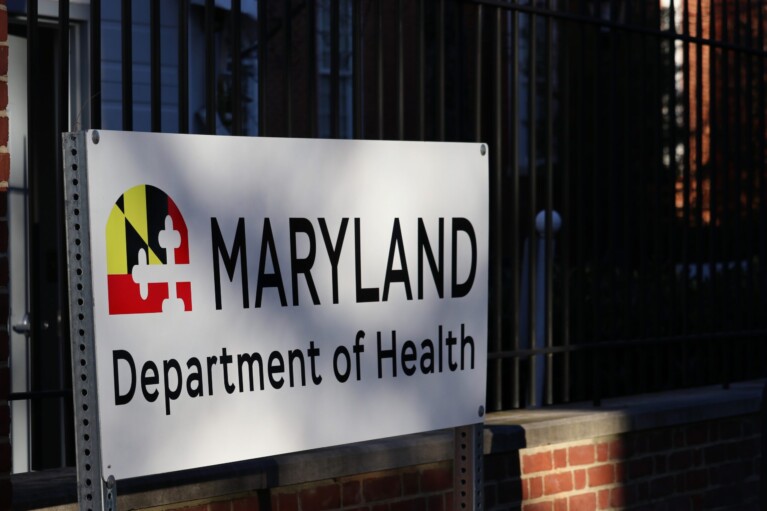Md. health officials winding down on Medicaid redeterminations with only two months left

The Maryland Department of Health is about to enter its last month of Medicaid redeterminations, a 12-month process that has resulted in thousands of Marylanders losing health care coverage — while many others retained coverage in a process called “unwinding.”
By the end of February, the Department of Health had processed at least 1.4 million people on Medicaid in the state to see if they still qualify for the joint federal-state program that provides a health care plan to low-income households.
The “unwinding” of Medicaid enrollment is due to a COVID-pandemic era policy that suspended the annual renewal process for Medicaid enrollees to continue health care coverage year to year. From when the suspension began in March 2020 through March 2023, states were prohibited from disenrolling people so that they could maintain coverage through the global health crisis.
Once the federal public health emergency ended, the Maryland Department of Health began a 12-month process of evaluating the eligibility of just under 1.8 million Medicaid enrollees, and discontinuing coverage for those who no longer qualify or who did not complete the reapplication process.
Every month, the department provides data updates on Medicaid redeterminations. The most recent update was published in March for the February redetermination period.
Each cohort of Medicaid redeterminations have a two-month timeframe to complete their reapplication process once they are notified about their status by the Maryland Department of Health.
There were 112,173 people due for redetermination for the February cohort, meaning Medicaid participants who received their notices at the start of the year and had a Feb. 29 coverage end date, according to department data.
Of that cohort, 85,422 people retained coverage under Medicaid while 32,419 people were disenrolled, meaning they have to find health care coverage through other means. There were 4,926 redeterminations that were still pending review, as of the March data.
The reasons for disenrollments vary. In the February cohort, 4,926 people no longer qualified for Medicaid coverage because they earned too much money or they are old enough to qualify for Medicare, the federal health care plan for retirees.
But most disenrollments come from what are called “procedural terminations,” meaning that the Medicaid participant either did not complete the reapplication process or never started it. Some of those disenrolled for procedural reasons might still qualify for Medicaid, but state health department officials are often unable to verify if the reapplication never gets sent in.
For the February data, 32,419 people lost Medicaid coverage due to procedural reasons. There is a brief grace period for those disenrolled for procedural reasons to restore medicaid coverage if they complete their application.
People who roll off of Medicaid are encouraged to seek health care coverage through the Maryland Health Benefit Exchange, which is a state health insurance marketplace that was created as a result of federal the Affordable Care Act.
>> TALK TO US: Maryland Matters wants to hear from people affected by changes in their health care coverage during the Medicaid unwinding process. If you would like to share your story, click here.
Maryland Matters recently reported that the Medicaid unwinding period led to more people buying health insurance off of the state’s marketplace.
But according to data from the U.S. Department of Health and Human Services, that trend also occurred across the nation as residents in other states also had to find new health insurance polices if they were disenrolled from Medicaid.
According to an HHS report Friday, about 4.7 million more people nationally gained ACA-related coverage since 2023, with almost all of the coverage gains from either a state or federal insurance marketplace, which is due, in part, to the Medicaid unwinding process.
“Medicaid enrollment increased in recent years due to states implementing the ACA Medicaid expansion and the continuous enrollment condition in the Families First Coronavirus Response Act of 2020 (FFCRA), which prevented states from disenrolling most Medicaid enrollees enrolled on or after March 18, 2020 as a condition for receiving a temporary increase in their federal Medicaid match rate,” the report says. When Medicaid terminations started back up, some of those disenrolled sought health insurance coverage from Affordable Care Act-related marketplaces.
Additional data from the Centers for Medicare and Medicaid Services says there was a 41% increase in marketplace coverage during the 2024 open enrollment period, which refers to the window of time people can purchase health care coverage from a federal or state marketplace, and spans from Nov. 1 to Jan. 15.
“Nationwide, the number of new consumers selecting Marketplace coverage during the 2024 OEP (open enrollment period) increased by 41%, to 5.2 million from 3.7 million in the 2023 OEP,” according to recent data from the U.S. Centers for Medicare and Medicaid Services.
Maryland’s increase was smaller, with a 17% increase between 2023 and 2024 open enrollment periods, according to CMS’s data. That means that 213,895 Marylanders found health care coverage on the Maryland Health Benefit Exchange in 2024, up from 182,166 the year before, the data reports.




 Creative Commons Attribution
Creative Commons Attribution